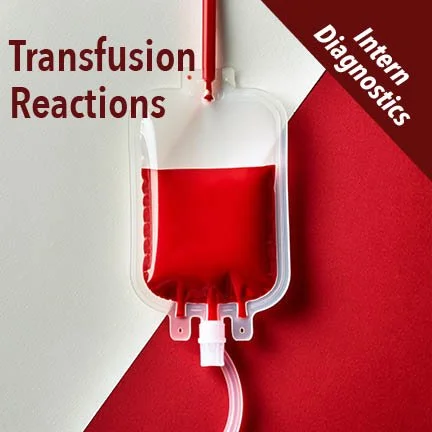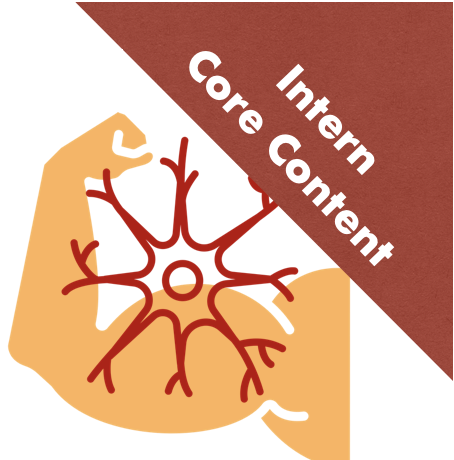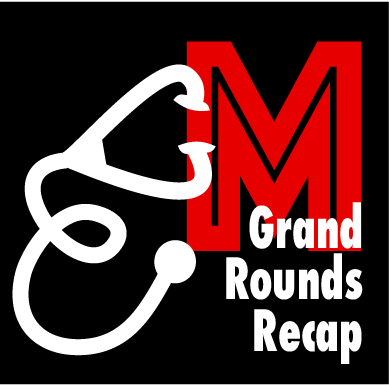Diagnostics: Blood Transfusion Reactions
/Blood transfusion is a typical activity in Emergency Medicine and while consent to the side effects are fortunately uncommon, they are a core skillset so join Dr. Sprys-Tellner in learning the numbers and reactions that define the category.
Read More












